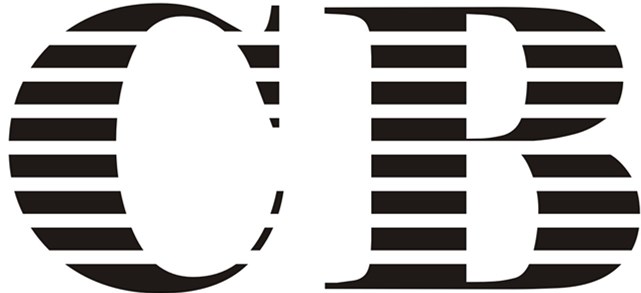The printing graphic part of the printing plate has the feature of lipophilic and water repellent; on the contrary, the non-graphical part is hydrophilic and oil-repellent. Therefore, the quality of the plate making will directly affect the quality of the offset printing product. The blank part of the positive PS plate is The metal oxide Al2O3 and its crystal water are high-energy surfaces (0.7J/?) and can be wetted by the fountain solution during printing. It is easy to react with O2, N2, CO2, etc. in the air, and easily generates oxygen. In this case, the surface energy is lowered, the wettability is deteriorated, and impurities, oil stains, etc. are adsorbed, so that it is difficult to clean and cause scumming during printing. Therefore, it is necessary to protect the blank portion and utilize the film forming property of the glue (low-energy surface of the polymer compound) to isolate the layout from the air, prevent the layout from being scratched, protect from light, ensure the hydrophilicity of the blank portion itself, and give The blank part has better hydrophilic properties. This article provides some references for plate making by introducing the methods and precautions for using the protective glue.
First, the composition and function of protective plastic
1. Composition
A transparent glue made of natural glue or synthetic glue, which can protect the printing plate graphic part and the non-graphic part, and prevent the plate from oxidizing a dirty liquid. The commonly used protective glues are gum arabic and new type of polymer glue (the protective glue used by the author is gum arabic, and this article also takes it as an example).
2. Features
1 hydrophilic. The molecular structure of gum arabic consists of -COOH and -OH attached to the same hydrocarbon bond. These two functional groups are hydrophilic and the hydroxyl group (-OH) is more likely to accept moisture than the carboxyl group (-COOH). So when the gum arabic is dissolved in water, it will dissolve in the process of diffusion-absorption-swelling for about 72 hours to form a molecular solution of the dispersion system. The hydroxyl groups in each molecule are extremely hydrophilic and can be in water. Automatically dissolves into a single-phase stable system that neither condenses nor precipitates, ensuring long-term dispersion stability.
2 weakly acidic. Peach gum contains Arabinic acid (XCOOH), its aqueous solution is weakly acidic, and it reacts with metal or metal oxides to form arabinates in the presence of alkali. It releases hydrogen gas and has good adsorption.
3 perishable. In a hot and humid environment (Arabica gum use temperature is -5°C~45°C), Yeast bacteria are easily propagated and fermented in Arabian gum solution, free arabinic acid, and change gum properties. This is the general nature of sugars, and it is also the reason that gum arabic and long-term use will cause rancidity. As the temperature rises, the acidity increases, and the corrosiveness of the metal plate becomes stronger. Al2O3 falls off. This is especially important in the summer, keeping the protective rubber away from heat.
3. Role
Improve the hydrophilicity of non-graphical parts and prevent dirt on the prints. Protect the layout and prevent scratches.
Second, the use of protective rubber
Hand sizing: Use collagen and water to dilute 1:1. The appropriate amount of glue (about 45 ml) was poured on the plate surface, and then evenly coated with a cellulose sponge, and the excess glue was wiped off with a dry cloth and then dried.
Machine gluing: Use collagen and water diluted 1:3. Drying temperature should be controlled below 70°C, generally 60°C~65°C.
Note: The glue applicator with no supplemental construction should be replaced every three days. The glue applicator with a supplementary configuration should be changed once a week. The lower the protective colloid concentration, the better the ink repellency at the time of printing, but it is easily bumped and dirty. Conversely, if the concentration of the protective gel is too high, it is likely to cause poor inking.
Third, the protection of plastic in the use of management considerations
When the protective gel concentration is normal, the pH of the protective glue is weakly acidic.
Counterflow to the developer caused a sudden increase in pH.
The countercurrent flow of water reflects the decrease in specific gravity and electrical conductivity and the increase in pH.
To prevent the concentration of the protective glue: Since the moisture in the protective glue is volatile, the glue concentration will be increased, so the protective glue should be diluted or replaced in time.
The use of a degraded protective glue is difficult to remove during printing, and the adhesion of the photosensitive layer to the PS plate is reduced, and the plate is dropped, and the oxide layer is peeled off in severe cases. For large graphic text on the ground, the protective glue concentration can be appropriately reduced.
When the protective rubber is not dry, do not touch the printed area in the hand to prevent fingerprints from being printed on the printed material. The protective glue will harm the human body. Use caution when using it. Do not allow the protective rubber to touch the skin, clothing, or splash on the eyes. Inside.







